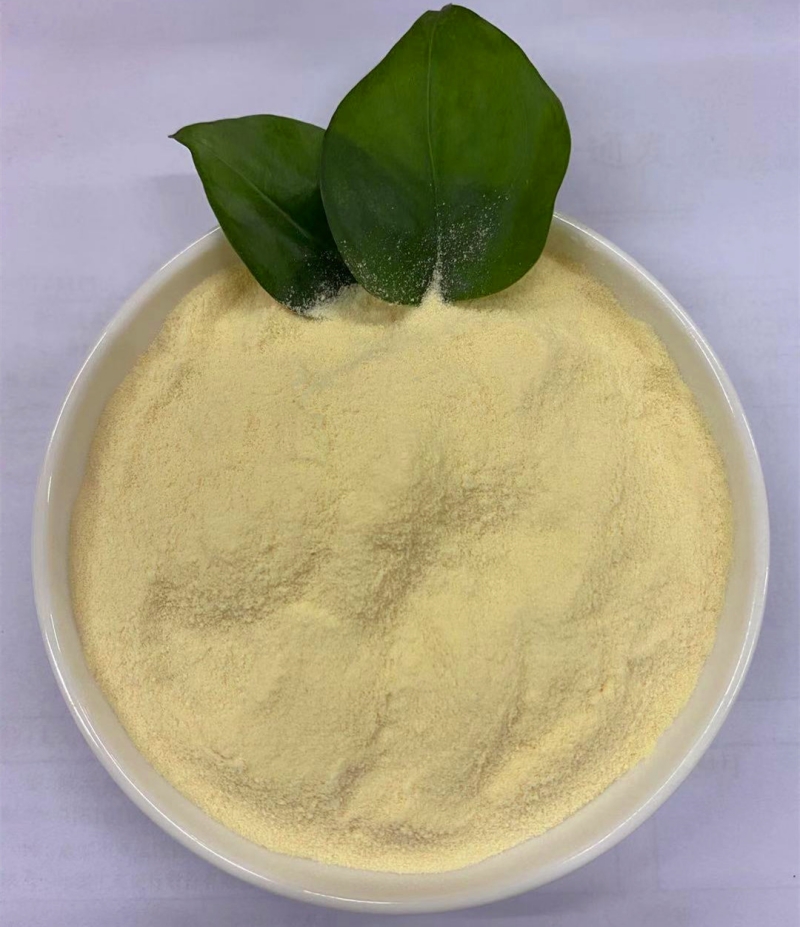Introduction
The role of organic fertilizers in modern agriculture cannot be overstated. As an Agriculture Organic Fertilizers Manufacturer, we understand the significance of every ingredient that goes into these fertilizers. One such crucial component is amino acids. In this article, we will delve into the myriad ways amino acids can enhance both crop yield and quality.
What Are Amino Acids?
Amino acids are organic compounds that play multiple roles in both plant and animal biology. In the agricultural context, they are obtained from various sources like animal waste, fish emulsion, and plant matter. Amino acids are the building blocks of proteins and act as precursors to many compounds essential for plant growth.

How Do Amino Acids Benefit Crops?
Role in Nutrient Absorption
Amino acids act as chelating agents, facilitating the uptake of micronutrients like zinc, iron, and manganese. This is especially beneficial in soil conditions where these nutrients are not readily available.
Stress Resistance
Amino acids help in plant stress resistance. When plants are subjected to adverse conditions like drought, high salinity, or nutrient deficiency, amino acids help them recover more rapidly.
Soil Health
Amino acids improve soil structure by fostering beneficial microbial activity, thereby creating a more favorable environment for plant growth.
Why Are Amino Acids Important for Plant Growth?
Biological Functions
Amino acids are essential for many biochemical pathways within plants. They act as precursors for various hormones and facilitate critical physiological processes like photosynthesis.
Impact on Growth Hormones
Certain amino acids play a direct role in the synthesis of plant growth hormones like auxins and gibberellins, thereby significantly affecting the rate of growth.
Yield and Quality
The ultimate objective of any agricultural endeavor is to enhance yield and crop quality, and amino acids contribute to this by providing the necessary building blocks for plant cellular function.
Benefits of Amino Acids in Wheat Crops
Increase in Yield
Several studies have demonstrated that the application of amino acids can significantly enhance the yield of wheat crops.
Disease Resistance
Amino acids fortify the plant’s defense mechanisms, making them more resistant to diseases like rust and smut.
Quality
The presence of amino acids not only increases the yield but also substantially improves the quality of the harvested grain.
How Are Amino Acids Used in Plants?
Methods of Application
Amino acids can be applied either through foliar spray or as a soil application. Each method has its pros and cons, and the choice depends on the specific needs of the crop.
Recommended Dosages and Timings
The application dosage and timing vary across different crops. Generally, it is recommended to apply during the key growth phases of the plant.
Case Studies
Numerous real-world examples demonstrate the effectiveness of amino acids in enhancing crop yield. For instance, farmers who used amino acids for their maize crops reported up to a 20% increase in yield.
Conclusion
The use of amino acids in agriculture is a booming practice, offering an organic alternative to synthetic fertilizers. They offer multiple benefits, from improved soil health to increased crop yield and better quality.
Additional Resources
For those interested in further reading, several scientific papers and articles elaborate on the role of amino acids in agriculture.
By understanding the roles and applications of amino acids, farmers can make informed decisions that contribute to more sustainable and productive agricultural practices.












